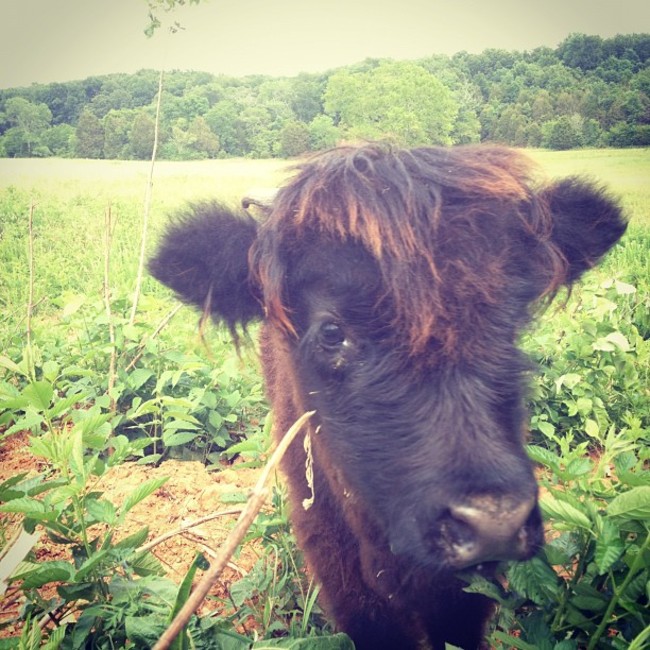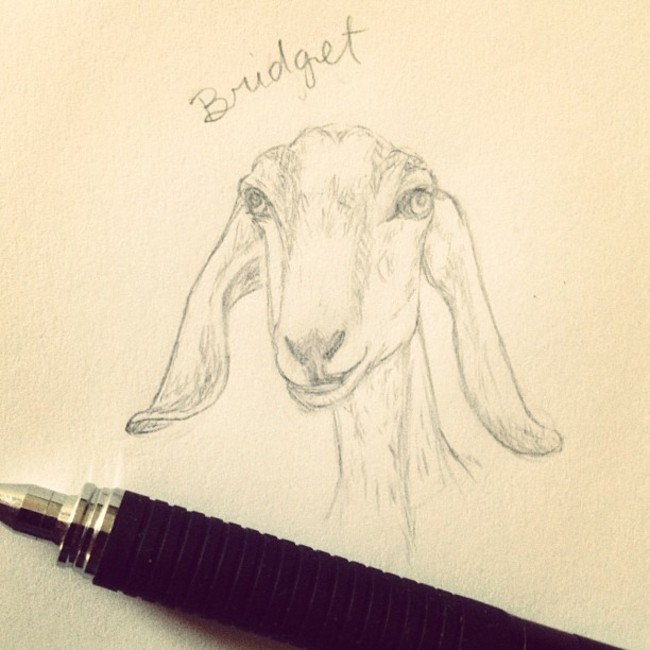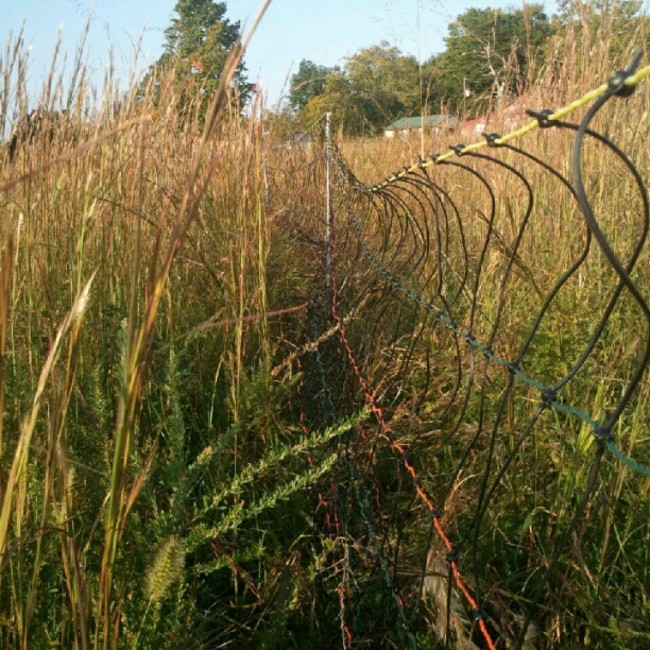This isn't a happy post. Nor a post about how to fence cows with polywire.
Full-time Farming
Our plan when we moved to the farm was to start construction on a licensed creamery for making cheese. We postponed those plans as we settled in. It was clear that we needed a full season to focus on growing our herd and continuing to develop our cheesemaking and animal husbandry skills. Given that I was working remotely there wasn’t as much of a rush.
A big hurdle has been getting our goats adapted to our grazing system and living in the outdoors again. Goats’ adaptation into our grazing system took longer than originally anticipated. We've found that it takes about 2-4 months before a goat adapts and their milk “gets better”. We judge the goat’s health based on body condition and the quality of their milk (SCC counts, Fecals, FAMACHA, and other stats). It takes 2-4 months for a newly introduced animal to achieve our existing herd’s levels (an attribution to pasturing animals instead of keeping them in a barn). It’s also strangely consistent with their smell. Goats smell different when they live in a barn. It literally takes months before that smell goes away, and it happens to coincide with when the milk gets better too.
Anyway, I had been working with this company for the past 4 years. When we first made an offer on the farm last October it seemed that the firm I worked for was going to be in operation for a long time to come. As we moved to the farm the following March the future of my employer came into question. So we delayed investing our life-savings in a licensed creamery. It was a 50/50 proposition that I’d still have a job by the end of 2012. Hanging on to some savings in the event that we were both unemployed turned out to be a smart move.
Electro-Netting vs. Polywire for Rotational Goat Fencing
Fencing is what I spend the most time doing (and thinking about) on the farm. That's probably why I bore our readers with posts about fencing so frequently. My time is split between so many different things that saying one thing dominates another is hard to do, but fencing is a clear standout. So saddle-up for another fencing thriller: Electro-Netting vs. Polywire.
Since we rotationally graze the goats fencing is a constant topic of interest. It seems like I change how we fence the goats every few weeks. If we just had a single grazing area, or even just a few grazing areas, it wouldn't be such a big deal. Put up some posts, put up some fence, and then you're done. That's how 99.9% of goat farmers do it, and I can see why. Moving the goats every 3-7 days is a chore and everyone knows that chores aren't fun. However, I don't mind it. In fact, I enjoy moving the goats.
Why? Because the goats love it, and happy goats are the whole point of what we're doing. Happy goats = happy Scrapple. At least once or twice per week I get to see the joy on the goat's faces as they enter the new paddock and run around scrambling to find the best spots with the best forage. Over the subsequent days they enjoy their feast and when it looks like they're just about done I move them to a brand new spot. It's the same joy a chef must have feeding his diners.
It's also more cost-effective (lower feed costs), better for the environment (forage recovery periods, nutrient cycling, reduced carbon emissions, etc), better for the health of the goats (grain destroys proper rumen function), and better for the consumer (milk from organic, pasture-based diets is nutritionally superior to grain-fed, confinement based diets).



